Sodium cyanide, a compound that often evokes fear and concern due to its association with toxicity, plays a crucial role in various industries. While the sodium ion itself is harmless, the cyanide ion is indeed hazardous. However, when handled with care and respect, Sodium Cyanide serves as a vital component in numerous applications, ranging from dye synthesis to pharmaceuticals, pesticides, and Electroplating. This article delves into the diverse applications of sodium cyanide, highlighting its significance across different sectors while emphasizing the importance of safety measures in its handling.
1. Sodium Cyanide in Dye Synthesis
One of the primary applications of Sodium cyanide is in the dye industry. It is utilized in the synthesis of various dyes that are essential for coloring textiles, plastics, and other materials. Some of the notable dyes synthesized using sodium cyanide include:
Yellow 139 and Yellow 150: These dyes are widely used in the textile industry for their vibrant hues and excellent lightfastness.
Indigo: A classic dye known for its deep blue color, indigo has been used for centuries in fabric dyeing, particularly in denim.
Fluorescent Brightener VBL: This dye is used to enhance the brightness of fabrics and paper products.
Disperse Turquoise GL and No. 60 Blue: These dyes are popular in the production of synthetic fibers and plastics.
The ability of sodium cyanide to facilitate the synthesis of these dyes underscores its importance in the colorant industry, contributing to the aesthetic appeal of various products.
2. Pharmaceutical Applications
Sodium cyanide also plays a significant role in the pharmaceutical industry. It is used to synthesize Pharmaceutical Intermediates, which are essential raw materials for the production of finished drugs. Some common pharmaceuticals that involve sodium cyanide in their synthesis include:
Penicillin: A widely used antibiotic that has saved countless lives since its discovery.
Pregabalin: A medication used to treat nerve pain and seizures.
Ketoprofen: An anti-inflammatory drug used to relieve pain and inflammation.
Tranexamic Acid: A medication used to reduce bleeding.
Vitamin B6 and Folic Acid: Essential vitamins that play crucial roles in various bodily functions.
Acyclovir: An antiviral medication used to treat infections caused by certain viruses.
The versatility of sodium cyanide in pharmaceutical synthesis highlights its importance in the healthcare sector, where it contributes to the development of life-saving medications.
3. Pesticide Production
In the agricultural sector, sodium cyanide is utilized in the synthesis of various pesticides. These chemicals are crucial for protecting crops, fruits, and vegetables from pests and diseases. Some of the common pesticides synthesized using sodium cyanide include:
Glyphosate: A widely used herbicide that targets a broad spectrum of weeds.
Cypermethrin: An insecticide effective against a variety of pests.
Paraquat: A fast-acting herbicide used to control weeds and grasses.
Cyantraniliprole: An insecticide that targets specific pests while being less harmful to beneficial insects.
Penoxsulam and Azoxystrobin: Fungicides used to protect crops from fungal diseases.
The use of sodium cyanide in Pesticide Production underscores its significance in modern agriculture, where effective pest control is essential for ensuring food security.
4. Electroplating Applications
Sodium cyanide is also employed in the electroplating industry, a process that involves depositing a layer of metal onto the surface of an object. This technique is widely used to enhance the protective properties of metals and improve their surface quality. The electroplating process using sodium cyanide offers several advantages:
Increased Corrosion Resistance: Electroplating with sodium cyanide helps protect metal surfaces from corrosion, extending the lifespan of products.
Improved Aesthetic Appeal: The process can enhance the appearance of metal objects, making them more visually appealing.
Enhanced Durability: Electroplated surfaces are often more durable and resistant to wear and tear.
The role of sodium cyanide in electroplating highlights its importance in manufacturing industries, where the quality and longevity of metal products are paramount.
5. Safety Measures in Handling Sodium Cyanide
Despite its numerous applications, sodium cyanide is a highly toxic substance that requires careful handling. To ensure the safety of workers and the environment, several safety measures must be implemented:
Proper Sealing and Storage: Sodium cyanide should be stored in tightly sealed containers to prevent accidental exposure and contamination.
Adequate Ventilation: Work areas where sodium cyanide is used must have proper ventilation to minimize the risk of inhalation.
Mechanized and Automated Operations: Whenever possible, operations involving sodium cyanide should be mechanized and automated to reduce direct human contact.
Specialized Training for Operators: Workers handling sodium cyanide must undergo specialized training to understand the risks and proper handling procedures.
Personal Protective Equipment (PPE): Operators should wear appropriate PPE, including hoods, filter-type dust respirators, anti-toxic clothing, and rubber gloves, to minimize exposure.
By adhering to these safety measures, industries can mitigate the risks associated with sodium cyanide while reaping the benefits of its diverse applications.
Conclusion
Sodium cyanide is a compound with a wide range of applications across various industries, including dye synthesis, pharmaceuticals, pesticides, and electroplating. While it is essential to recognize the potential dangers associated with sodium cyanide, its significance in modern manufacturing and healthcare cannot be overlooked. By implementing stringent safety measures and promoting responsible handling practices, industries can harness the benefits of sodium cyanide while ensuring the safety of workers and the environment. As research and technology continue to evolve, the applications of sodium cyanide may expand further, solidifying its role as a vital component in numerous sectors.
- Random Content
- Hot content
- Hot review content
- Dithiophosphate 25S
- Sodium Sulfide Industry Grade 60% 30ppm/150ppm Yellow/ Red Flakes Na2s
- 99.5% min Ammonium Chloride For Industrial Use
- Ferrous Sulfate Industrial Grade 90%
- Sodiumsulfite Technical Grade 96%-98%
- Industrial Acetic Acid 99.5% Colorless Liquid Glacial acetic acid
- Anhydrous Ammonia 99% Liquid
- 1Discounted Sodium Cyanide (CAS: 143-33-9) for Mining - High Quality & Competitive Pricing
- 2China's New Regulations on Sodium Cyanide Exports and Guidance for International Buyers
- 3Sodium Cyanide 98% CAS 143-33-9 gold dressing agent Essential for Mining and Chemical Industries
- 4International Cyanide(Sodium cyanide) Management Code - Gold Mine Acceptance Standards
- 5China factory Sulfuric Acid 98%
- 6Anhydrous Oxalic acid 99.6% Industrial Grade
- 7Oxalic acid for mining 99.6%
- 1Sodium Cyanide 98% CAS 143-33-9 gold dressing agent Essential for Mining and Chemical Industries
- 2High Quality 99% Purity of Cyanuric chloride ISO 9001:2005 REACH Verified Producer
- 3Zinc chloride ZnCl2 for High Molecular Weight Polymers Initiator
- 4High Purity · Stable Performance · Higher Recovery — sodium cyanide for modern gold leaching
- 5High Quality Sodium Ferrocyanide / Sodium Hexacyanoferr
- 6Gold Ore Dressing Agent Safe Gold Extracting Agent Replace Sodium Cyanide
- 7Sodium Cyanide 98%+ CAS 143-33-9


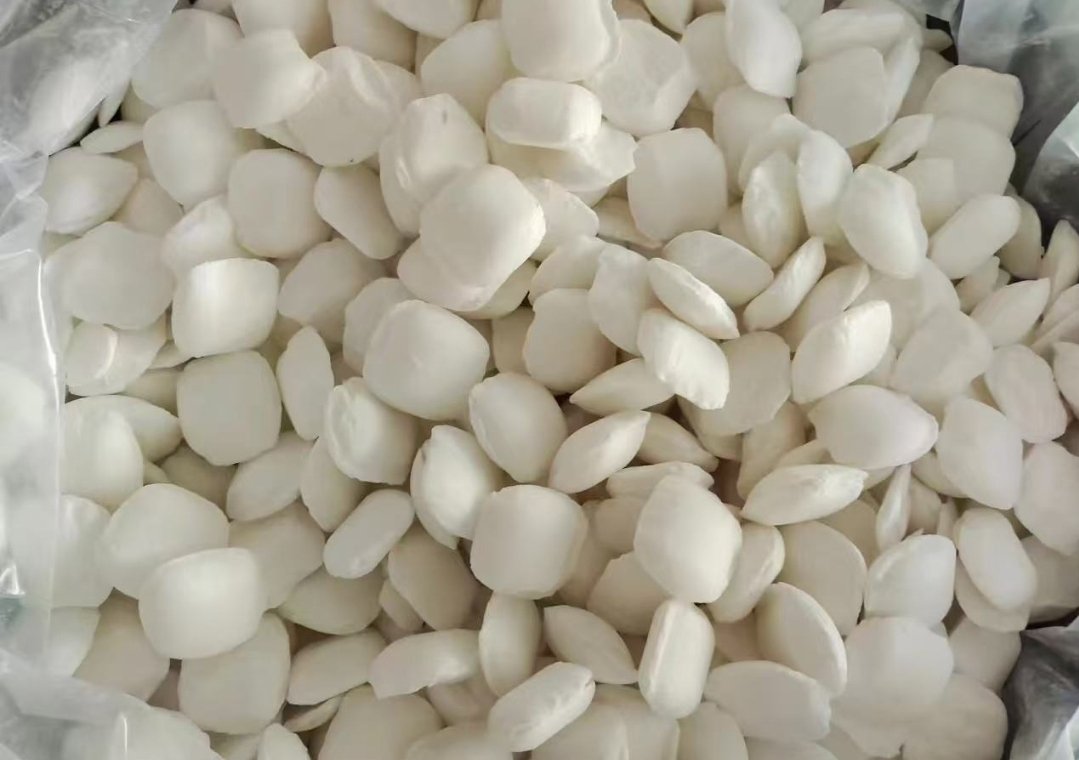
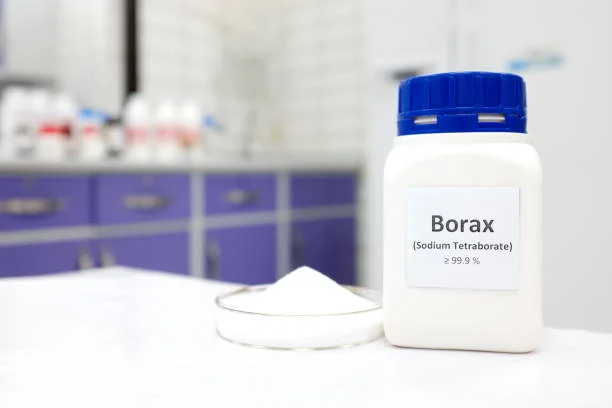
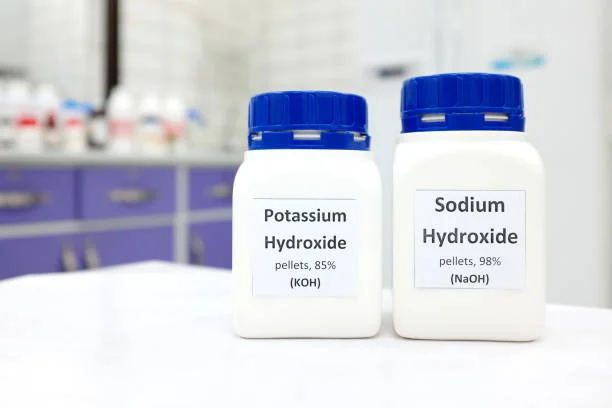
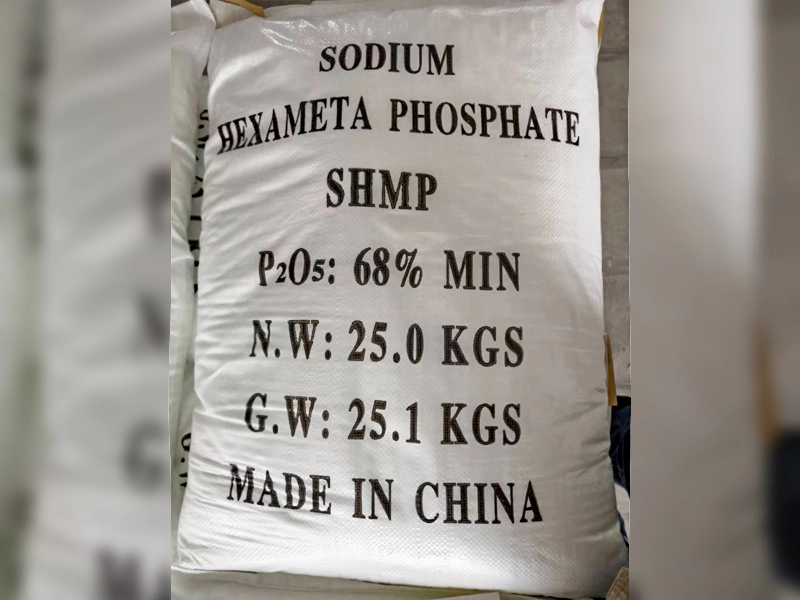


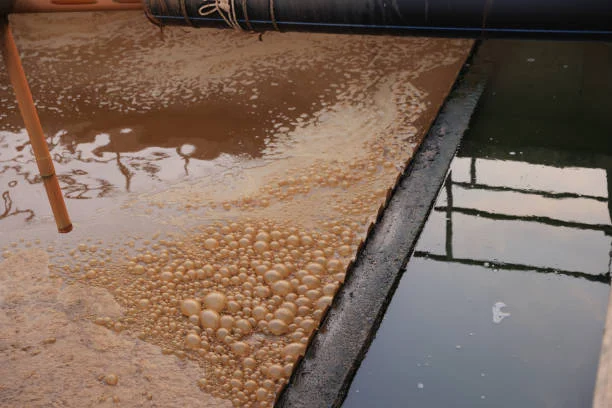


Online message consultation
Add comment: